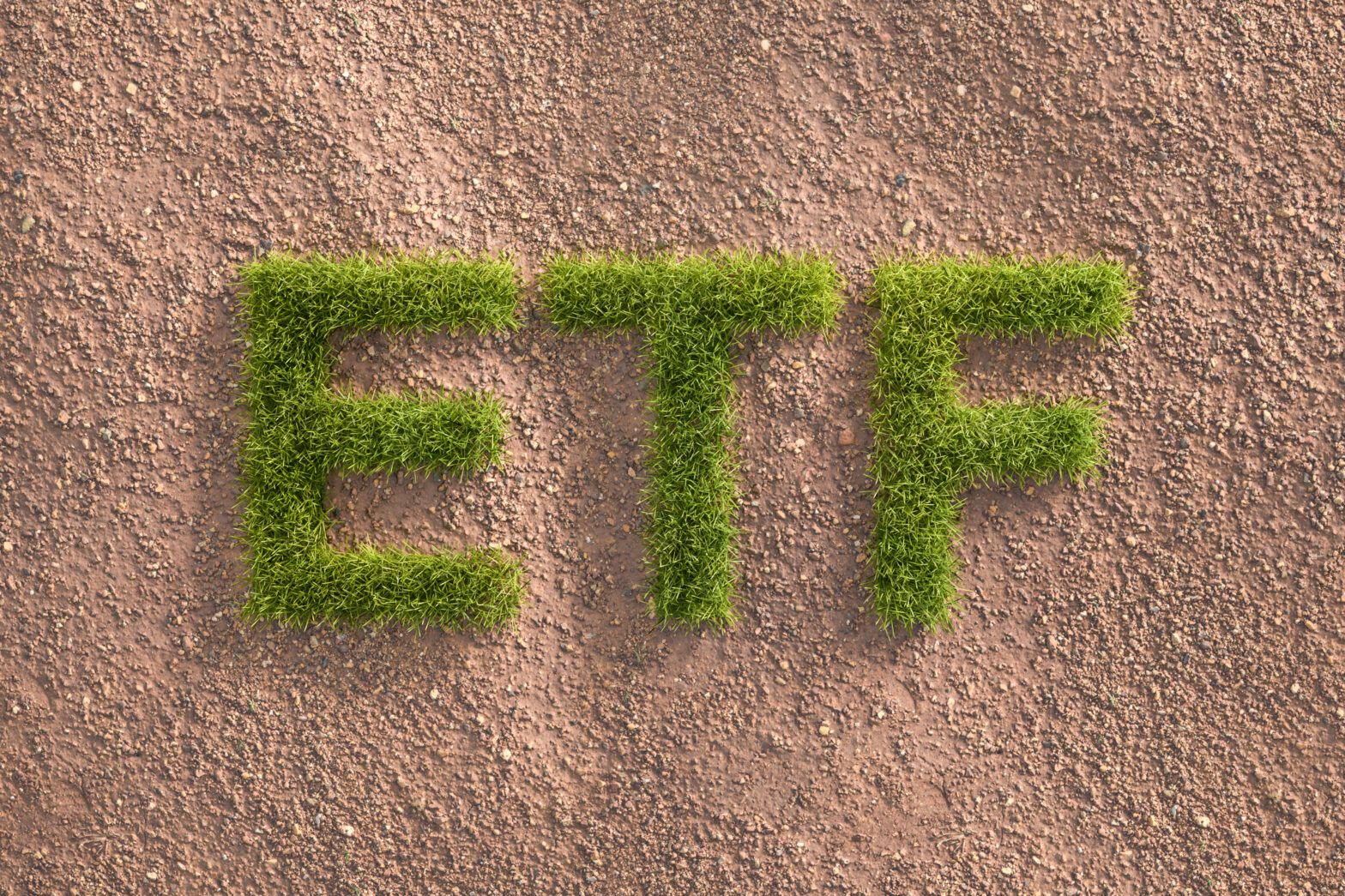The exponential growth seen in ESG ETFs will continue into this year, with investment commentators predicting even more products will be launched to focus being categorised as Article 9 under SFDR or investing for impact.
ESG ETFs posted a record year for flows in 2021 as investors sought the thematic equity exposure many of these products target. The report Morningstar Direct European ETF Asset Flows Update Q4 2021 said the European ESG ETF market experienced record flows of €81.7bn, almost double the €41.3bn seen 2020 flows and a five-fold increase on 2019.
Over the year, 51% of total flows into ETFs were directed into ESG products – up from 40% the previous year – and in Q4 of 2021 alone, this grew to 73% of all ETF flows flocking to ESG products.
“The trend in favour of sustainable investing is accelerating with a combination of new money and transfers from mainstream products into ESG versions,” the report said. “The latter is coming about partly as a conscious decision from investors, but it is also being helped by the conversion of non-ESG ETFs into ESG versions, thus bringing all money invested in them into the ESG fold.”
As a result of the record flows and market appreciation, assets in ESG ETFs increased to €244bn from €127bn in 2020 and accounted for 17.4% of all ETF assets at the end of 2021.
This growth will likely continue, with Jason Xavier, head of EMEA ETF capital markets at Franklin Templeton, predicting AUM inflows will once again double in 2022.
He said: “Last year, nearly every ETF launch had an ESG tilt, and the momentum behind ESG investing in Europe continues to dominate many conversations. It was once again a record year for European ESG ETF flows, with net inflows doubling in size. The introduction of the European Union’s new Sustainable Finance Disclosure Regulation (SFDR) provided good tailwinds for this, and I see no reason for this trend to stop.”

Adeline Diab (pictured left), director of research ESG at Bloomberg Intelligence, said while the wider ESG fund universe will see further growth in the coming year – surpassing $41trn in assets – a significant sum of the flows will be directed towards ETFs.
She said: “The trend of growing ESG ETFs is in line with our bull-case scenario, which assumes a 35% growth, and we expect $1.3trn entering such ETFs globally by 2025.
“ESG ETF cumulative assets reached more than $360bn in 2021 [according to Bloomberg data]. While this represents almost 4% of global ETF assets, ESG has grabbed more than 10% of the global ETF flows in 2021.”
Interestingly, she added, although Europe has dominated ESG ETFs so far, the US led the wave of expansion last year.
Christopher Mellor, head of EMEA ETF equity and commodity product management at Invesco, also shared his forecast for next year: “We expect to see strong demand for ESG ETFs in 2022, perhaps even more than the past year. Investors will continue increasing their use of ESG ETFs as core portfolio holdings and, possibly more notably, fine-tune those portfolios, especially in terms of the environmental impact or other measurable targets.
SFDR
More specifically, Franklin Templeton’s Xavier said funds will launch under Article 9, which have to adhere to the following requirements:
Products have a sustainable objective and therefore target specific sustainability outcomes – either environmental or social – alongside targets for financial returns. They aim to reduce, as far as possible, any negative effects in respect of environmental, social and employee matters, as well as embedding respect for human rights, anti-corruption and anti-bribery into investment decision making.

Xavier (pictured right) commented: “Investor interest in ETFs that align with the Article 9 classification under the SFDR directive should accelerate. Additionally, interest in ESG ETFs that offer a measurable impact should capture a greater percentage of the inflows this year.”
Mellor agreed adding ETFs tendency to track indices that invest in thematic or niche areas such as renewable energy, biotechnology, health and nutrition, and electric vehicle batteries, which is another appeal for investors.
“One of the greatest opportunities, in our opinion, is being able to capture such powerful trends as the transition to cleaner energy. The challenge for investors is determining which themes are backed by sound investment rationale rather than just hype,” Mellor said.








